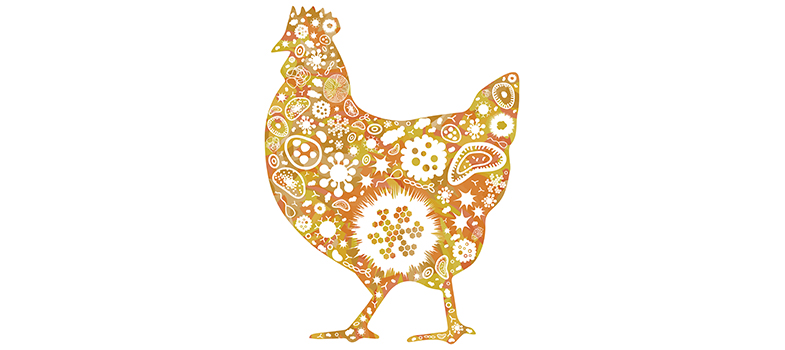6 Advocating for antimicrobial stewardship in animal health
The adage that ‘prevention is better than cure’ holds firm for human and animal health. The need for an integrated One Health approach to AMS and AMR cannot be overstated. All stakeholders, from government agencies, veterinary pharmaceutical industry, veterinarians, paraveterinarians and farmers, need to work collaboratively to promote the responsible use of antimicrobials.
Now that you have worked through some of the key issues related to AMS, it is time to put your learning into action.
There are numerous resources available to you to advocate AMS in animal health. Here are just a few for you to visit when you have the time:
- OIE, FAO, and WHO have developed a Trello board of communication materials you can use, share and spread. You can visit the Trello website [Tip: hold Ctrl and click a link to open it in a new tab. (Hide tip)] .
- The ReAct Toolbox is a repository of resources on AMR and stewardship.
- Take the pledge to be an antibiotic guardian. As of February 2021, over 1.3 million people have pledged to be antibiotic guardians.
- The National Centre for Antimicrobial Stewardship in Australia has many resources focused on antimicrobial stewardship in animals, including a template for your antimicrobial stewardship plan, prescribing guidelines for food animals, and posters to download.
Activity 11: Applying your experience and planning how you can influence AMS
Here are some activities to get you started on your mission. Perhaps, you could start now and revisit when you’ve studied other modules and gained more insight:
Veterinarian and veterinary paraprofessionals:
If you are a veterinarian or veterinary paraprofessional, take some time to outline your antimicrobial stewardship plan relevant to your local context.
Here are some resources to help your get started:
- The National Centre for Antimicrobial Stewardship and the University of Melbourne have a template available for veterinarians. The template can be adapted to suit your local situation. You can download and modify the ASP template.
- The American Veterinary Medicine Association (AVMA) has an antimicrobial stewardship checklist which you can download as a pdf.
- The University of Minnesota has recently published the Handbook on Antimicrobial Stewardship in Companion Animal Veterinary Settings. It contains helpful summaries and tips when developing an antimicrobial stewardship plan. While it focuses on companion animals, you may find there are elements of the handbook that are adaptable to your local context. You can review the handbook in pdf format.
In writing out your plan, think of the following points:
- What is the purpose of your plan? You may be a private veterinarian working directly with poultry farmers, pig producers, cattle or fish farms in your district. Or maybe you work for the Government, and you visit farms to promote animal health and look at disease outbreaks. In these scenarios, the overall purpose of the plan may be the same, i.e. the responsible and judicious use of antimicrobials, but the interactions with farmers and subsequent approach to prescribing may be different.
- Interventions in the context of antimicrobial stewardship mean what actions you will take to protect antimicrobials. This may be committing to:
- following prescribing guidelines
- not prescribing or using HP-CIA antimicrobials in food animals
- setting up a traffic light system (green-orange-red) for antimicrobials based on first, second and last line of defence drugs
- using diagnostic tests to confirm infections and inform antimicrobial selection
monitoring AMU on your client’s farms- using alternatives to antimicrobials where possible.
- What role will you play in educating yourself, your staff/team members and your clients about antimicrobial stewardship? A range of activities could be identified here, such as ensuring you and staff participating in continuing education (e.g. courses, conferences, reading) and regularly discussing stewardship, good husbandry and biosecurity practices with your clients.
5.4 National action plans



